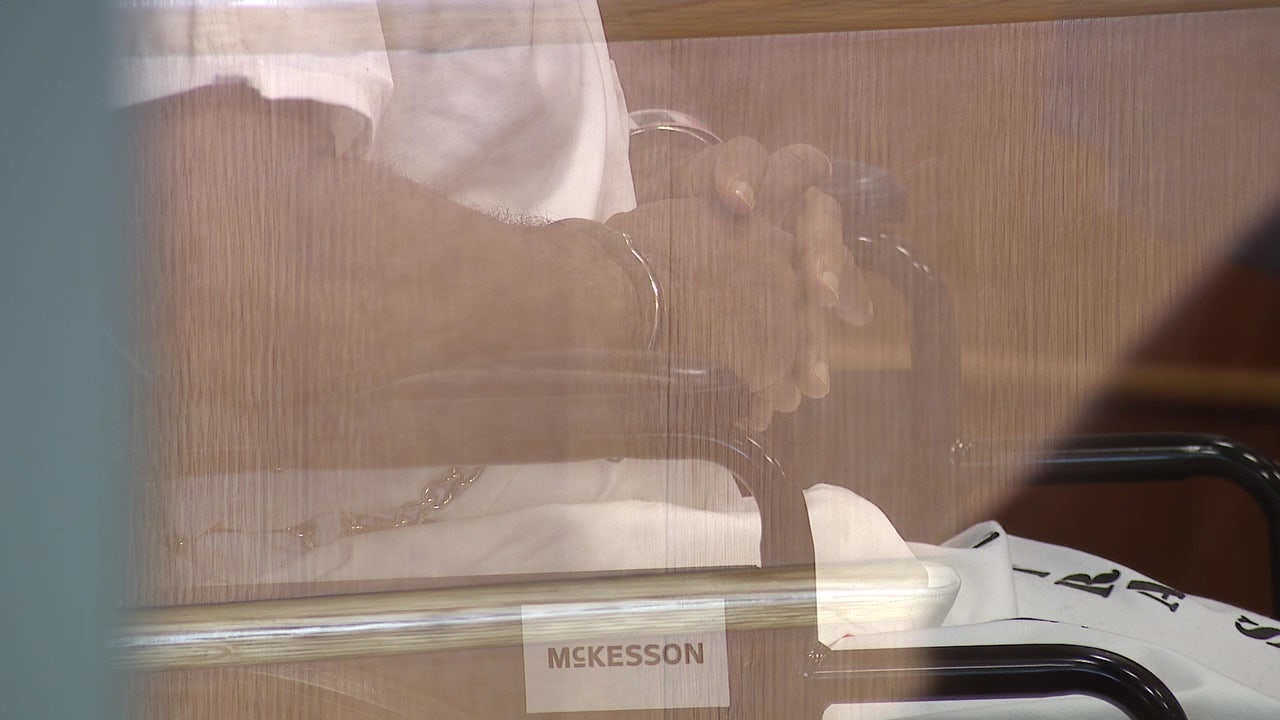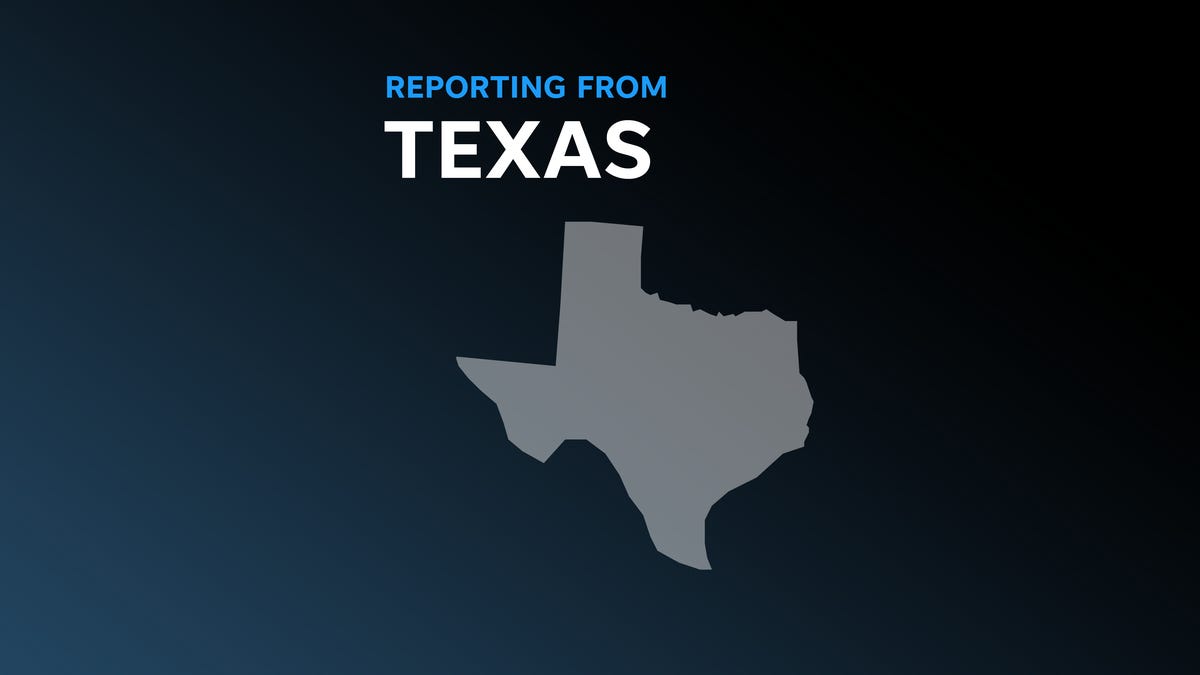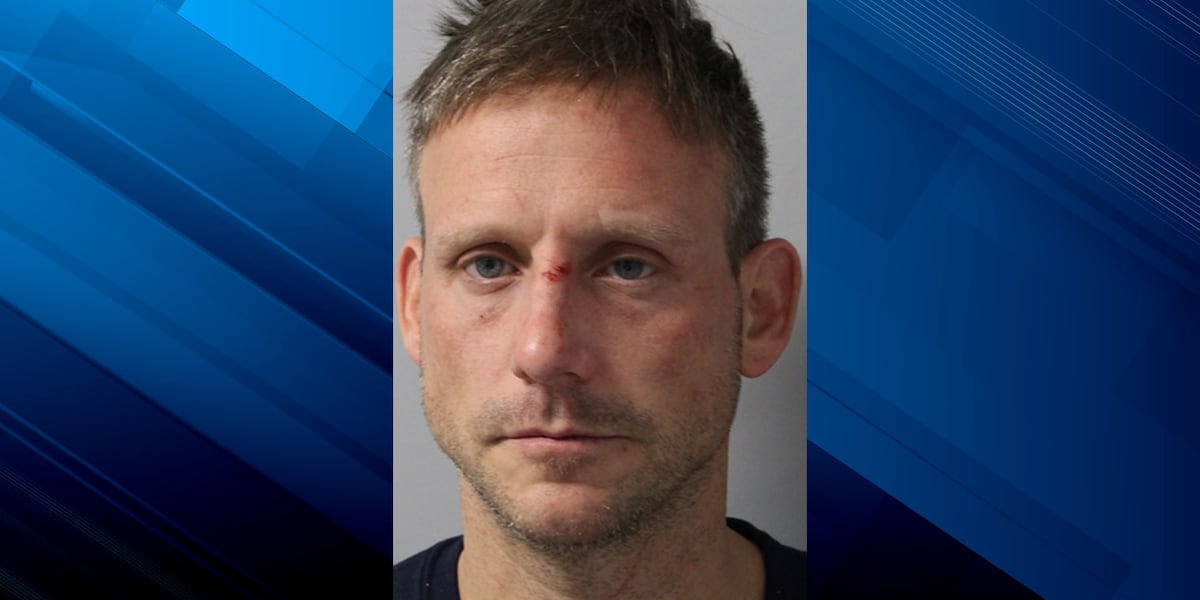The Metro Denver area witnessed nearly $2 billion in homelessness response spending over a span of three years, according to a new study from the Common Sense Institute.
The institute conducts this study every year to determine the growth of the homeless population and spending, resources, and health care.
Between 2021 and 2023, over $1.9 billion was earmarked to address homelessness in the Denver metro region, a 61% increase from $465 million to $749 million, according to the study. That’s between $30,000-$60,000 per person.
“Since 2016, there has been a 58% increase in Metro Denver’s unhoused population,” Common Sense Institute Kelly Caufield said in a release. “It’s a public policy challenge that dominated the election season and generated conversations in neighborhoods across the state. And, rightfully so, this is an issue that pulls at our heartstrings and challenges our compassion.”
The total homeless population in the Denver metro area has risen from 5,728 in 2016 and 9,065 in 2018.
About one in a third of homeless are unsheltered, a significant rise, the Common Sense Institute says.
The Denver metro region has the nation’s tenth-highest number of people who are experiencing homelessness, the Common Sense Institute says.
When Denver Mayor Mike Johnston took office on July 18, he declared a homeless state of emergency and vowed to house 1,000 homeless people by year’s end.
Aurora, on the other hand, is taking a “mental health” first approach amid an election and potential shakeup of city government. Aurora is also the only metro Denver city to see a decrease in unsheltered homeless in 2023 by 40 people, according to the study.
“This report also examines ‘life on the street’ in terms of data and the picture is bleak,” Caufield said. “More children are unhoused, mortality rates are higher than the average population, and Denver Health’s spending on homeless care has risen 34% in the last three years.”
Denver’s “housing first” response has prioritized the purchase or lease of hotel rooms. The Common Sense Institute study says spending breaks down to $80,000 per room.
The city is also on the verge of receiving possibly 500 mini shelter units for micro-communities — another housing strategy Johnston has put forth.
Between a Pallet PBC, Inc. purchase for 200 mini shelter units and a potential purchase of 300 manufactured sleeping units, the city could spend over $11 million more on immediate housing.
“One in three individuals experiencing homelessness are unsheltered, the highest rate it has ever been,” the Common Sense Institute said.
Unsheltered metro homeless grew 247% in the last six years, the institute’s study said. Meanwhile, the number of newly homeless grew 240% and the number of chronically homeless grew 305%.
Other Common Sense Institute’s study findings include:
- In 2023, 15% of the unhoused persons in the Denver metro area were under 18. This is a 73% rise over the previous year’s total.
- More individuals experiencing homelessness died in Denver in 2022 than any of the previous four. One in every 21 of Denver’s unhoused persons died in 2022, 226 in total.
- Drug overdoses are the single largest cause of death among Denver’s unhoused. Over half (56%) of the unhoused who died in Denver in 2022 died from a drug overdose, 126 in total. “The drug overdose rate is over 20 times higher among unhoused individuals than the general population,” the study said.
- Denver Health’s spending on homeless care raised 34% in the last three years, with $245 million spent in 2022, and homeless people are using more services per person at Denver Health, from 3.5 visits per person in 2019 to 4.1 in 2022.

























/cdn.vox-cdn.com/uploads/chorus_asset/file/24924653/236780_Google_AntiTrust_Trial_Custom_Art_CVirginia__0003_1.png)




/cdn.vox-cdn.com/uploads/chorus_asset/file/25672934/Metaphor_Key_Art_Horizontal.png)

